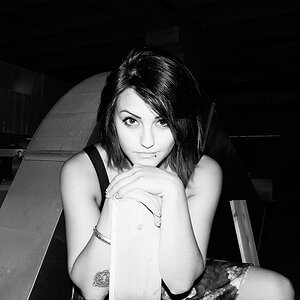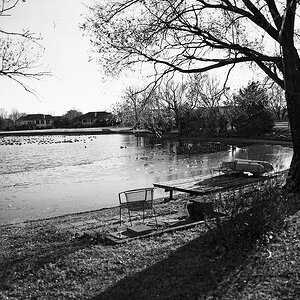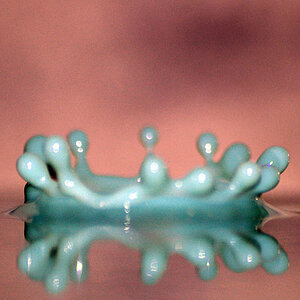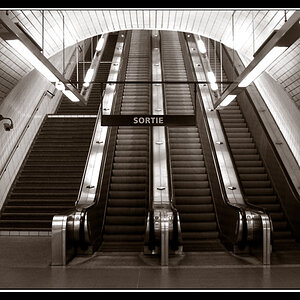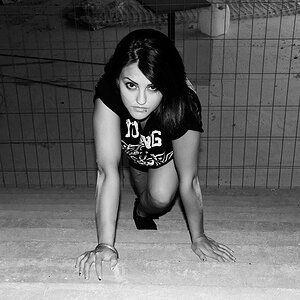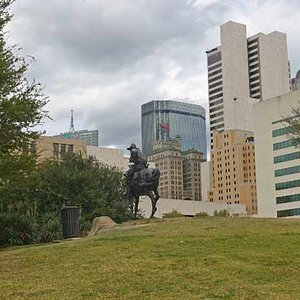Meysha
still being picky Vicky
- Joined
- Feb 21, 2005
- Messages
- 4,152
- Reaction score
- 60
- Website
- vickywall.deviantart.com
- Can others edit my Photos
- Photos NOT OK to edit
Ok this question has been bugging me for a few months and I can't figure it out.
Why aren't photos over exposed in the middle of the picture?
From what I understand the shutter opens from the middle and goes toware the edge (Like our pupils when we go from a bright room to a dark room) so therefore the middle of the aperture sees light first.
As it opens further the light enters into these 'newly opened' areas of the aperture. (But, remember light is also still hitting where it first hit - the centre) So I would expect the edges of a photo to be darker than the middle if this is true, because well, the middle gets more light.
Can someone please help me understand why this just doesn't happen?
Why aren't photos over exposed in the middle of the picture?
From what I understand the shutter opens from the middle and goes toware the edge (Like our pupils when we go from a bright room to a dark room) so therefore the middle of the aperture sees light first.
As it opens further the light enters into these 'newly opened' areas of the aperture. (But, remember light is also still hitting where it first hit - the centre) So I would expect the edges of a photo to be darker than the middle if this is true, because well, the middle gets more light.
Can someone please help me understand why this just doesn't happen?



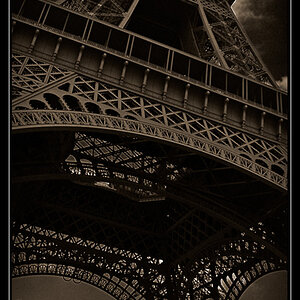


![[No title]](/data/xfmg/thumbnail/41/41493-60071420f928565170996b4edc3de2f0.jpg?1619739820)

